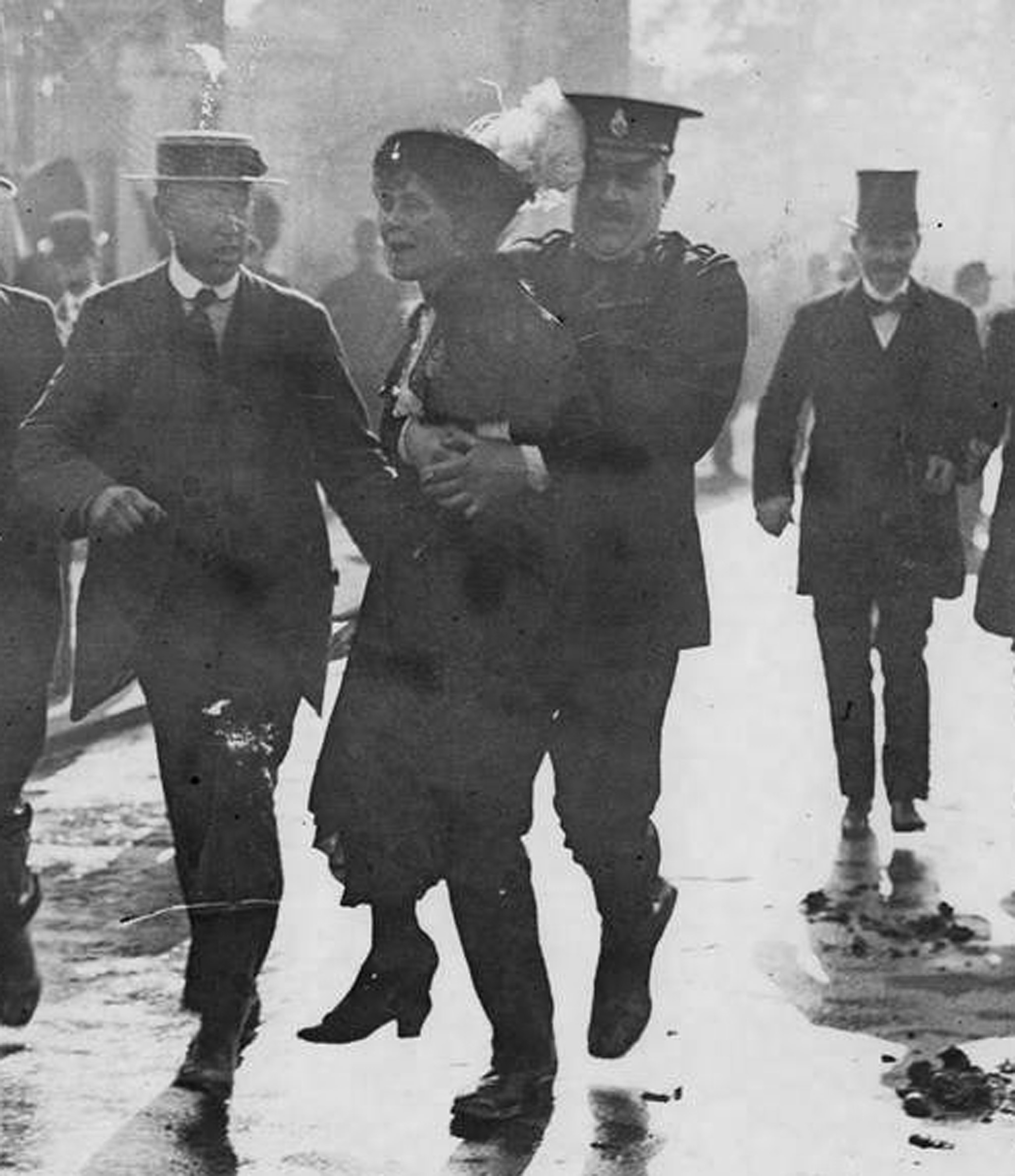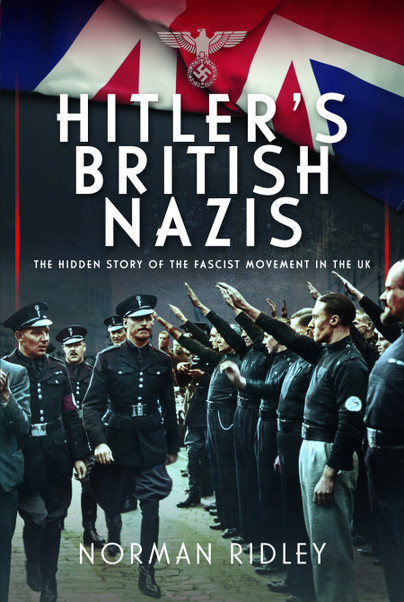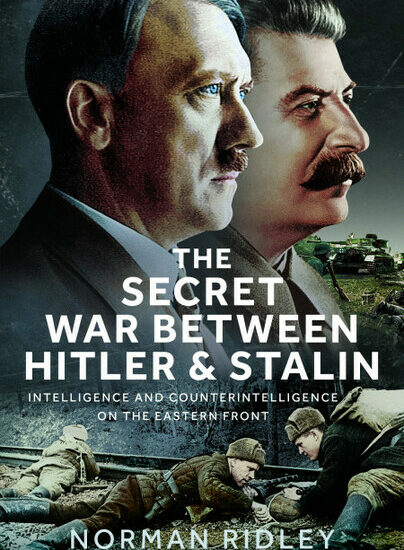Author Guest Post: Norman Ridley
The Suffragette Movement and Fascism

The Women’s Social and Political Union (WSPU) was set up in Manchester as an offshoot of the Independent labour Party by Emmeline Pankhurst in 1903 and became known as the Suffragette Movement three years later. This movement has become renowned for trailblazing in pursuit of women’s voting rights, but its methods were extreme. It had no compunction about inciting civil disobedience and direct action in what Emmeline called a ‘reign of terror’ in pursuit of its goal of ‘making England and every department of English life insecure and unsafe.’ Its methods included bombings and arson attacks. In this light, it might be argued that the WSPU was a proto-fascist movement. It was run by a single-minded and determined woman and embodied her personal ideas over which nobody else was allowed to have any influence. Although ostensibly aimed at the government, the victims of the terrorist bombing, arson and acid attacks launched by the WSPU in the two years before the start of the First World War were in fact ordinary men and women, almost all of them belonging to the working-class.
Emmeline Pankhurst had a complete disregard for the law if it stood in the way of her political ambitions. This is illustrated by her incitement of her followers to violence and subsequent denial of the right of any court to condemn them. The WSPU’s policy of direct action including sustained campaigns of property destruction began on so-called Black Friday on 18 November 1910. when she led a deputation of around 300 women to Parliament resulting in long and violent clashes with the police. This eventually led to destructive action. On 1 March 1913 it was said that approximately 150 women, armed with hammers, stones and clubs, simultaneously smashed the windows of shops and offices in London’s West End. Over 126 women were put on trial following the window smashing campaign. The sentences at the trial ranged from fourteen days to six months, the harshest sentences reserved for the working-class elements of the movement. Seventy-Six women were given sentences of hard labour.
Anti-Semitism was an important part of the Suffragette message. The two strands of anti-Semitism which were expressed by the Suffragette movement were firstly that Jews worked their way up into important positions as wealthy businessmen or politicians, and then used their influence to help enrich their fellow Jews who would take over first the country and ultimately the entire world. Secondly, it was claimed that the country was being overrun with immigrants or undesirable types, usually Jews, who were creating unemployment, bringing down wages and also encouraging prostitution. It is clear that suffragettes from middle and upper-class conservative backgrounds who became involved with the British Union of Fascists (BUF) such as Mary Richardson, Mary Allen and Norah Elam were every bit as racist as their male counterparts. It is possible to detect a number of ideas such as extremely dangerous and unscientific concepts of racial purity and eugenics that were advanced by the WSPU and were later popular with fascists and Nazis. In the BUF, they were welcomed with favourable publicity and went on to hold prominent positions of trust in the movement’s Women’s Section. For them their journey from the WSPU to the BUF was a logical progression and their suffragette struggle was seen as a precedent for fascist dissent.

Order your copy here.


